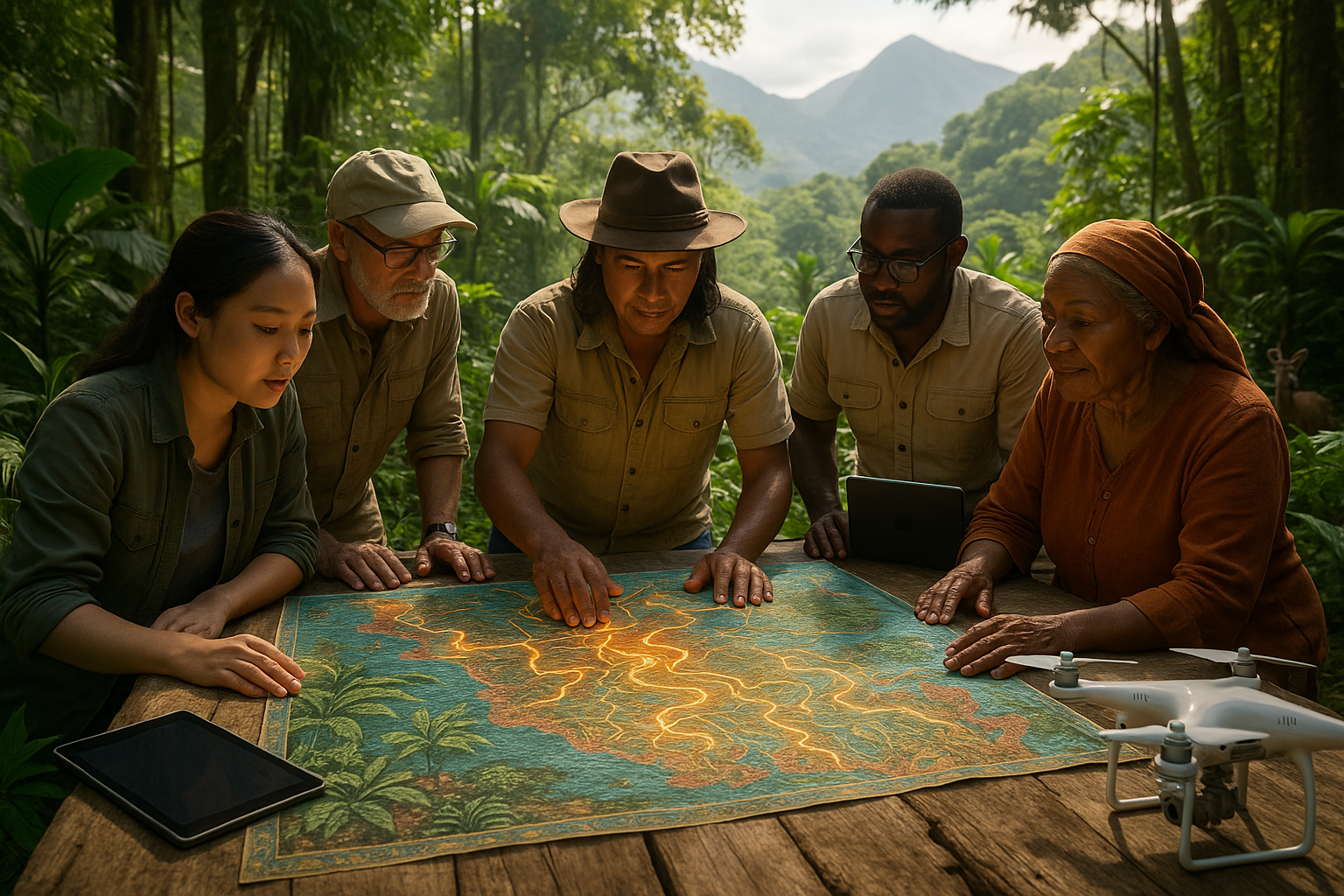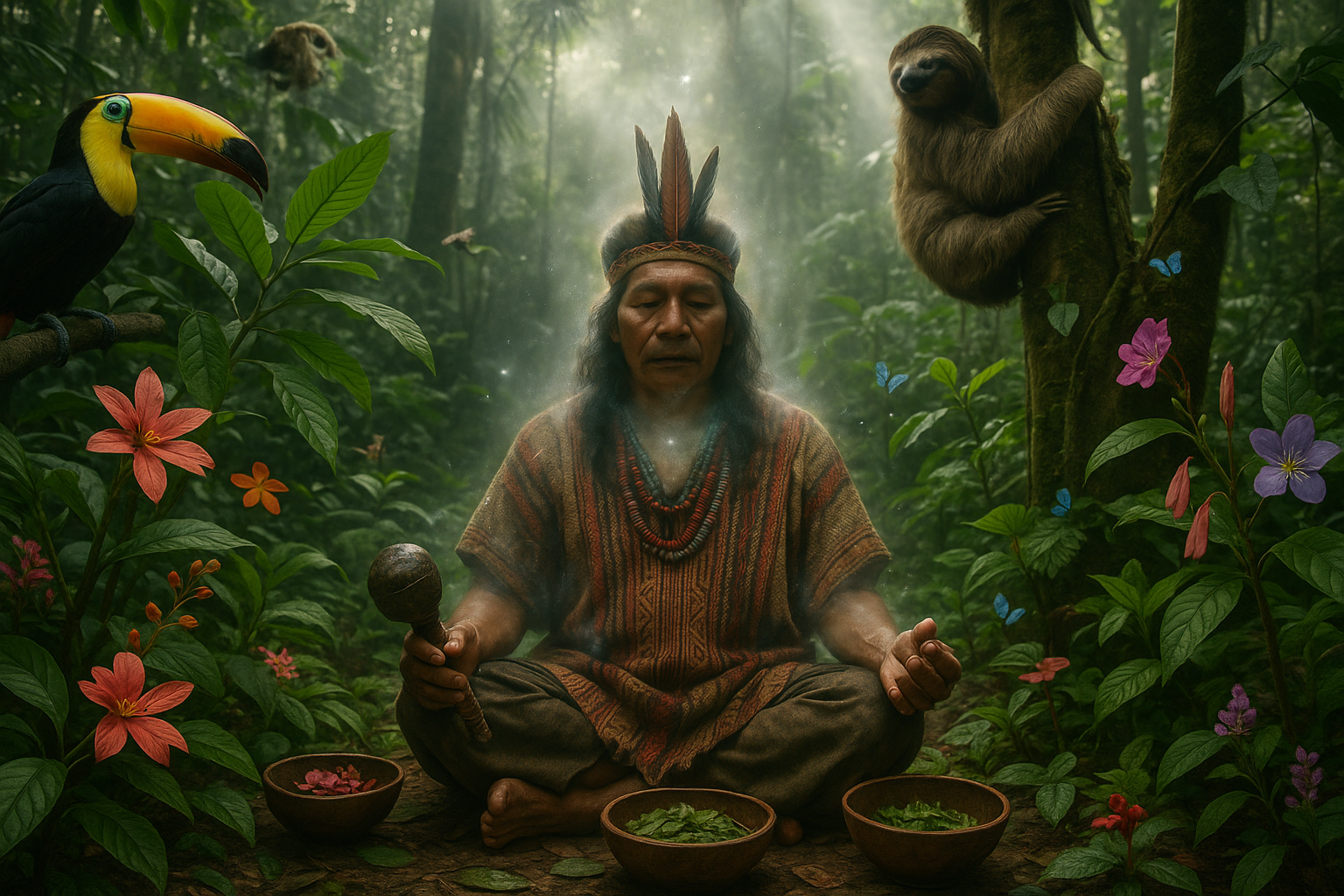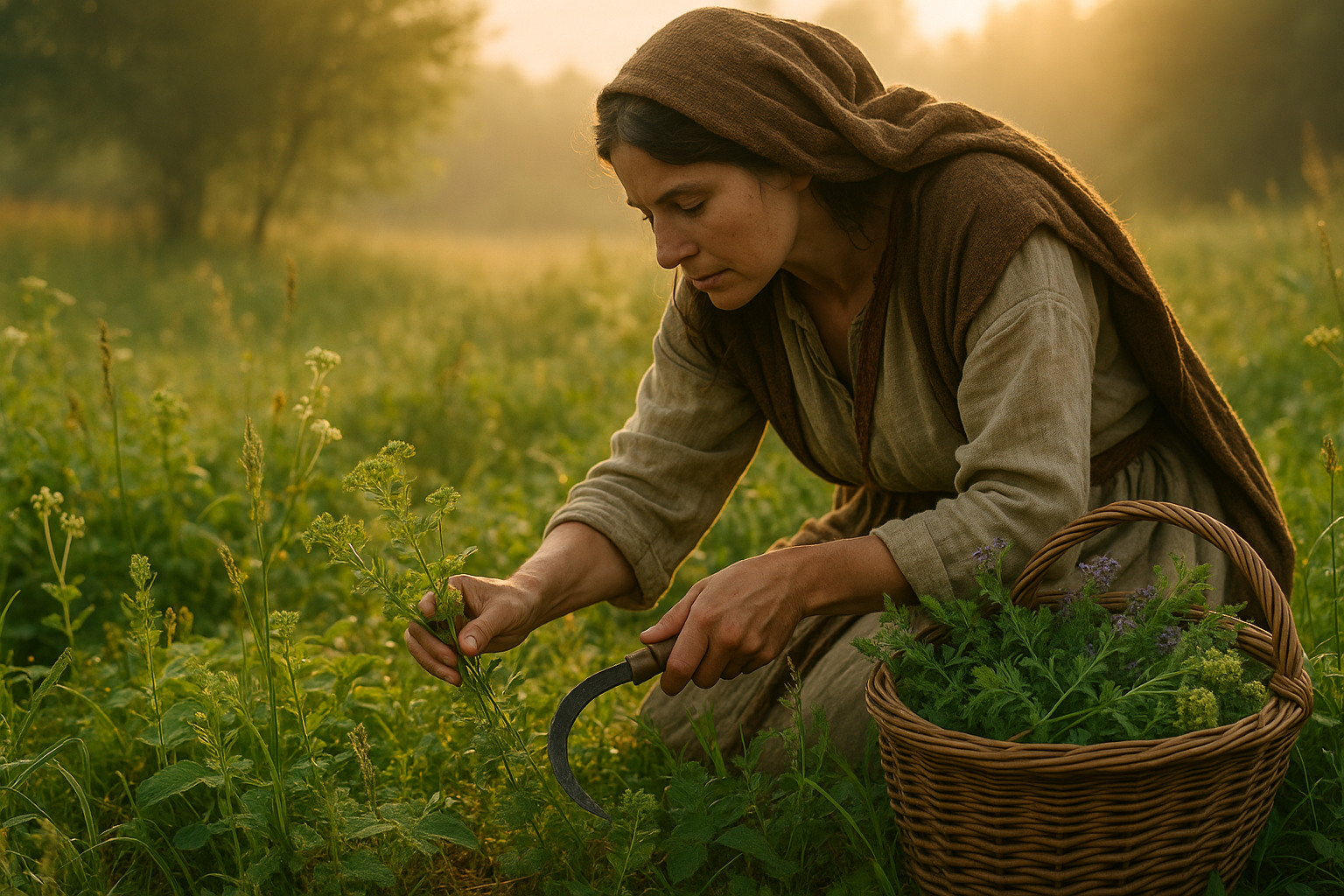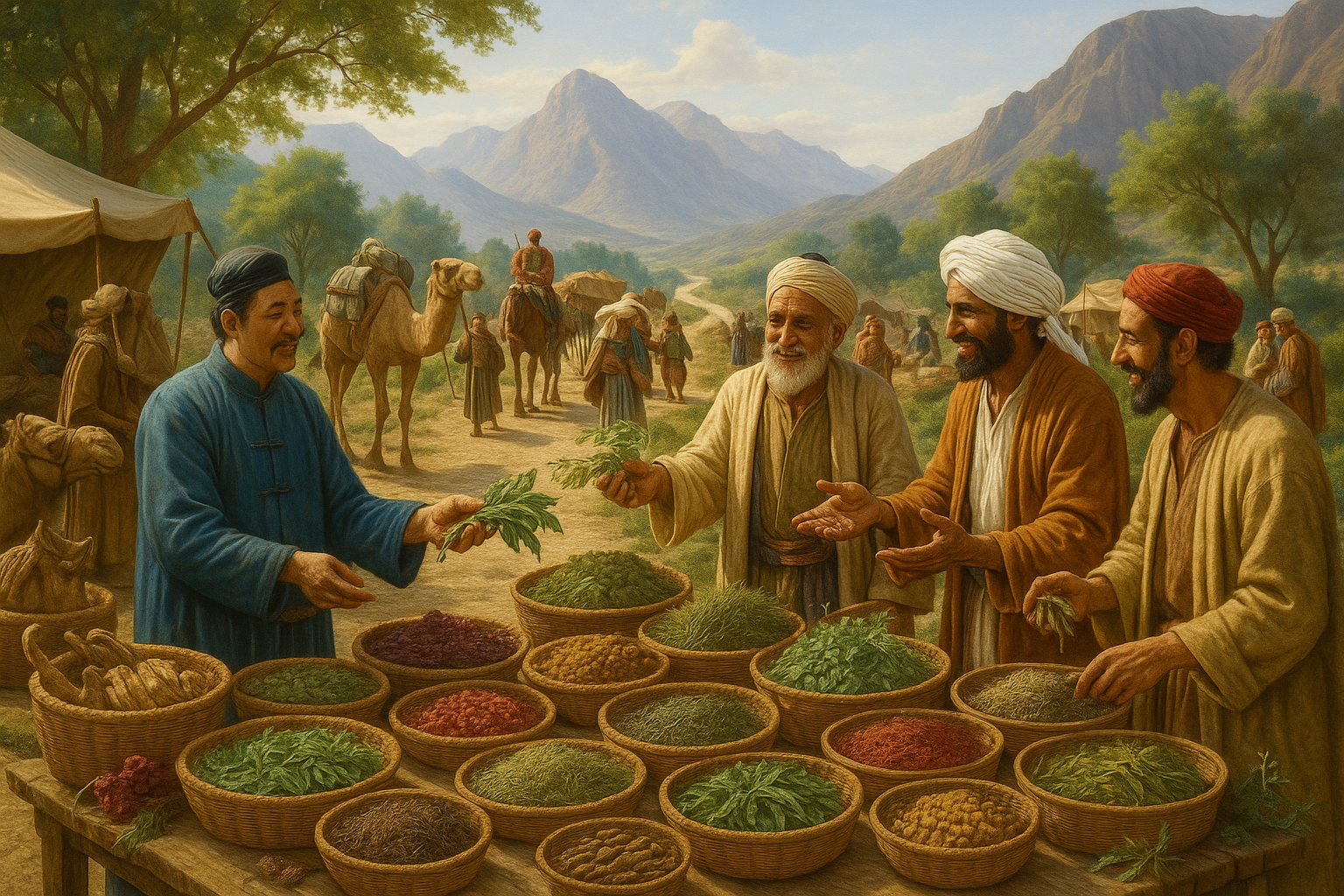The vibrant civilizations of Mesoamerica, known for their architectural marvels and intricate cultural tapestries, also harbored a profound understanding of the natural world. 🌿 Among their many contributions, the concept of energy maps stands out as a testament to their advanced ecological and spiritual insights. These maps, more than mere representations, encapsulate a vision of harmony between human activities and the environment. As we navigate the challenges of a rapidly changing planet, turning our gaze back to these ancient wisdoms might just illuminate a path toward a sustainable future.
In a world where technological advancements often overshadow nature’s innate processes, the Mesoamerican approach offers a refreshing perspective. These ancient societies viewed the earth not just as a resource to be exploited but as a living entity, interwoven with the destinies of its inhabitants. This holistic vision is captured in their energy maps, which delineate natural flows of energy, from the sun’s path across the sky to the subterranean rivers weaving beneath the earth. The purpose of these maps was not only to harness energy efficiently but also to ensure that human endeavors were aligned with the planet’s rhythms.
Our exploration of Mesoamerican energy maps will delve into their origins and purposes. We’ll examine how these maps were used in urban planning and agriculture, ensuring sustainability long before the term became a buzzword. By analyzing their applications, we can uncover principles that are remarkably relevant today. The ancient city of Teotihuacan, for example, will serve as a case study, showcasing how its layout and orientation were designed to optimize energy flow and promote communal well-being.
Furthermore, we’ll discuss the spiritual dimensions of these maps. For the Mesoamericans, energy was not solely a physical phenomenon but a spiritual force. The alignment of buildings, the design of rituals, and the timing of agricultural practices were all deeply influenced by an understanding of cosmic energies. This worldview encouraged a balance between consumption and conservation, a principle that modern societies are increasingly striving to adopt.
But how can these ancient insights be integrated into contemporary practices? 🌎 The transition to sustainable energy sources is a pressing challenge of our times. By revisiting the Mesoamerican approach, we can uncover methods for harmonizing modern technology with environmental stewardship. Our discussion will also highlight contemporary projects inspired by these principles, demonstrating their potential to transform urban landscapes and agricultural practices.
In addition to historical and practical analyses, this article will include interviews with experts in archaeology, anthropology, and sustainable development. Their insights will provide a richer understanding of how Mesoamerican energy maps can inform and inspire modern sustainability initiatives. Through these expert perspectives, we aim to bridge the past and present, revealing how ancient wisdom can address contemporary ecological challenges.
As we embark on this journey through time and space, our goal is to rekindle an appreciation for the ingenious ways in which our ancestors engaged with their environment. 🌱 By uncovering the power within Mesoamerican energy maps, we open ourselves to new possibilities for living sustainably, fostering a future where technology and tradition coalesce for the betterment of our planet.

Conclusion
In exploring the intriguing world of Mesoamerican energy maps, we’ve uncovered a fascinating intersection between ancient wisdom and modern sustainability efforts. This journey through the layers of history and geography has highlighted the profound understanding that ancient Mesoamerican civilizations had of their natural world. From the ingenious methods of harnessing natural resources to the sophisticated urban planning that prioritized ecological balance, these societies offer valuable lessons for our contemporary challenges. 🌿
One of the key takeaways from our discussion is the emphasis on holistic approaches to sustainability. The Mesoamerican model, with its integration of ecological, social, and spiritual dimensions, presents a paradigm that is increasingly relevant today. In an age where environmental concerns are paramount, adopting such integrated perspectives can enhance our strategies towards achieving a sustainable future.
Moreover, the innovative use of natural energy sources by these ancient civilizations challenges us to rethink our current energy consumption patterns. By analyzing the spatial and environmental strategies employed in the past, we can inspire new methodologies that promote renewable energy and reduce ecological footprints. 🔆
As we’ve seen, Mesoamerican energy maps do not merely represent geographic or historical data; they embody a mindset that revered and respected the Earth’s resources. This reverence is crucial in our ongoing quest to mitigate climate change and foster sustainable development.
In conclusion, the exploration of Mesoamerican energy maps offers a beacon of hope and inspiration. It encourages us to blend ancient wisdom with modern technology to create sustainable solutions for the future. By understanding and applying these historical insights, we can cultivate a more balanced and harmonious relationship with our planet.
I urge you to reflect on the insights gained from this exploration. Consider how these principles can be applied in your own life and community. Engage with this knowledge, share it with others, and together, let’s build a future that honors both the past and the planet. 🌍
Feel free to leave your thoughts in the comments below or share this article with those who might be inspired by the wisdom of the ancients. Let’s keep the conversation going and continue to uncover the power within our shared history for a brighter, more sustainable future.
—
Please ensure to replace the placeholders and include specific references or hyperlinks to active and reliable sources. You might want to fact-check the URLs and the current status of the references to ensure they are still valid.
Toni Santos is a researcher and practitioner specializing in the study of ancestral healing systems, energetic frameworks of the body, ancient herbal traditions, and sacred operative procedures. Through an interdisciplinary and historically-rooted lens, Toni investigates how humanity has preserved and transmitted knowledge of preventive health, subtle anatomy, plant medicine, and ritual intervention — across cultures, lineages, and sacred traditions. His work is grounded in a fascination with healing not only as physical remedy, but as carriers of hidden wisdom. From ancestral preventive health practices to energetic healing maps and ritual operative techniques, Toni uncovers the visual and symbolic tools through which cultures preserved their relationship with the body, spirit, and plant world. With a background in ethnomedical history and comparative anatomy systems, Toni blends archival research with practical study to reveal how ancient societies used plants, energy, and ceremony to shape health, transmit wisdom, and encode sacred knowledge. As the creative mind behind jirenx.com, Toni curates illustrated frameworks, historical case studies, and symbolic interpretations that revive the deep cultural ties between ancestral medicine, energetic healing, and sacred procedure. His work is a tribute to: The lost healing wisdom of Ancestral Preventive Health Practices The guarded rituals of Energetic Anatomy and Healing Maps The ancient knowledge of Herbal Pharmacology of Antiquity The layered sacred practice of Ritual Surgery and Sacred Operations Whether you're a traditional medicine scholar, energetic healer, or curious seeker of ancestral health wisdom, Toni invites you to explore the hidden roots of sacred medicine — one practice, one map, one ritual at a time.




